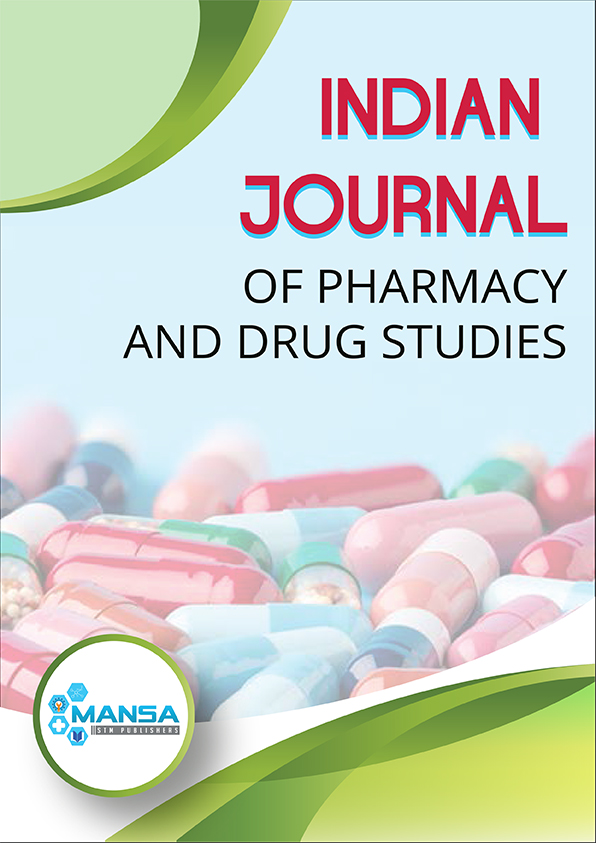Assessing Self-Medication Practices: A Cross-Sectional Study on Implications and Challenges
Keywords:
Self-medication, Prevalence, Health outcomes, Medication use, SurveyAbstract
Aim and Background: The survey aimed to explore and understand the perceptions and attitudes of individuals towards self-medication, and to examine the extent to which they engage in self-medication practices. The survey gathered data on the reasons why individuals choose to self-medicate, the types of medications they use, the sources of information they rely on, and their awareness of the potential risks and benefits of self-medication. Methodology: A total of 120 subjects participated in the study, and the majority of respondents belonged to the age group of 18-20 and 21-25. Among the respondents, 68.5% of them were female, and 51.4% of respondents belonged to healthcare professions/students. Result: When asked about their preference for self-medication, 76.6% of the respondents preferred self-medication, and the majority of respondents (47.7%) opted to self-medicate sometimes. The principal morbidities for which respondents seek self-medication are headache (35.1%), fever, and cold (31.3%). The most commonly used medication for self-medication was analgesics and antipyretics (30.3%) and cough and cold preparations (27%). Results of the survey showed that while self-medication is a preferred mode of treatment for many individuals, most of them were unaware of the potential risks associated with self-medication. Conclusion: The findings of this study highlight the need for public health interventions aimed at promoting safe and effective medication use.
Downloads
Downloads
Published
Issue
Section
License
Copyright (c) 2024 Ramdas Bhat, Fazeela Mohammed Saleem, AR Shabaraya

This work is licensed under a Creative Commons Attribution-NonCommercial-NoDerivatives 4.0 International License.




